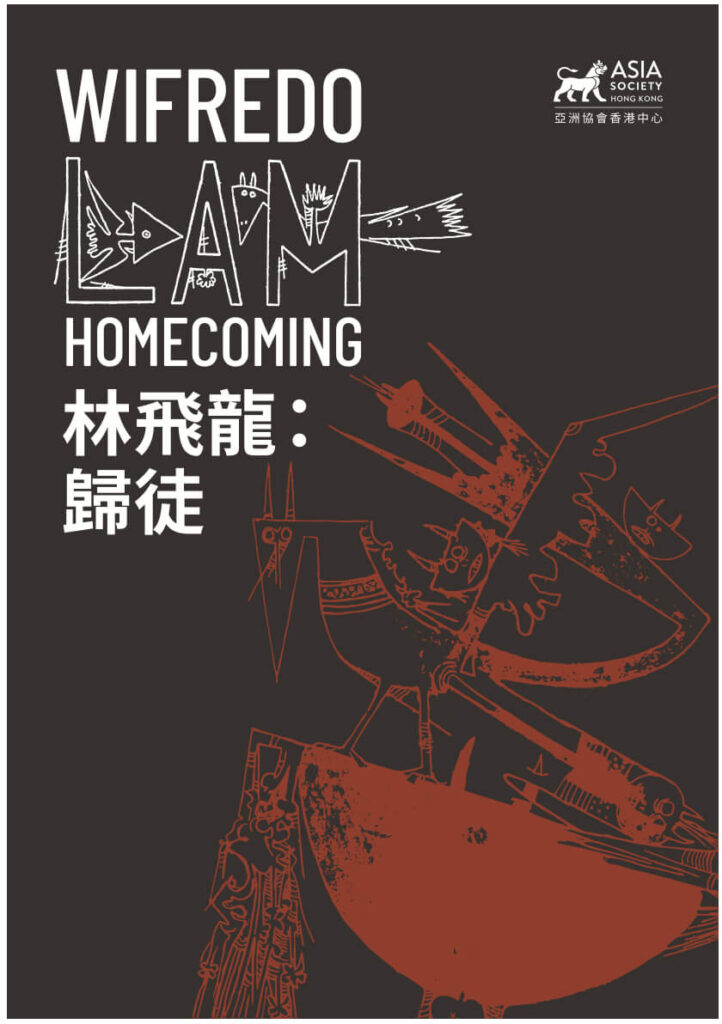23 de marzo 2024 – 2 de junio 2024
About the Exhibition

Born in Cuba, Wifredo Lam (1902 – 1982) was the first twentieth-century artist to experience and elevate to the level of art, the convergence and conflicts born out of the intermingling of cultural traditions from five continents. This exhibition presents significant paintings from the great moments of this creative adventure, complemented by a series of drawings and prints by the artist. This will be the first time that a broad panorama of Wifredo Lam’s paintings will be presented to the Hong Kong public.
Wifredo Lam inherited the great Chinese literary tradition from his father, Lam Yam. From his mother, Ana Serafina Castilla, he received African poetic sensibility and a curiosity for the European pictorial tradition. His godmother, Mantonica Wilson, introduced him to the mysteries of the Afro-Cuban religion developed in the West Indies by African slaves uprooted from their homeland.
Lam would rework these various contributions during the 1930s and 40s, in Madrid and Paris, all while incorporating into his work the influence of the avant-gardes of art, cubism and surrealism, as well as the works of Matisse and Picasso. World War II, however, forced Lam to return to Cuba, the land that had nurtured his early imagination. There, far from the hustle and bustle of Paris, he would develop the personal, violent plastic language he had already expressed in Marseille after the frenzy of the exodus while fleeing the German troops invading France.
The exhibition Wifredo Lam: Homecoming, in addition to celebrating a great modernist, cannot fail to raise the question of the possible presence, in his work, of elements from the Chinese pictorial tradition.
We know that, after painting his father’s portrait in 1914 – who was a strong admirer of Sun Yat Sen’s literate tradition and nationalism – Wifredo Lam distanced himself from his family and the Chinese community of Sagua la Grande where he was born, renouncing his nationality in 1923 by acquiring Cuban citizenship, and leaving for Europe in search of the aesthetic means necessary to express the world of violence and pain that inhabited him. At first glance, however, it’s clear that this is not a direct influence; but at best, a climate or poetics.
Lam’s work is drawn even more than it is painted. This can be seen in the importance of the etching technique in the evolution of a body of work that increasingly develops in dialogue with poets: Breton, Char, Mandiargues, Artaud and above all Césaire, the emancipatory brother-in-arms. This recalls the tradition and sensibility of the literati, and we can well imagine the liquidity of the aquatints meeting that of the Chinese washes.
The exhibition Wifredo Lam: Homecoming will be an opportunity to re-examine this emblematic work of our transcultural modernity, whose three elements – graphics, painting and poetry – undoubtedly form its profound framework.
Written by Jacques Leenhardt